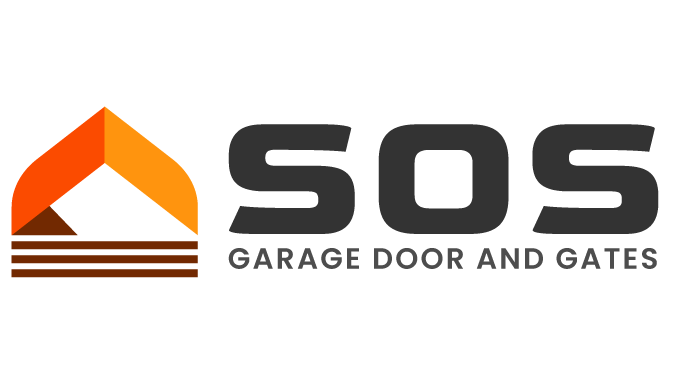
A well-maintained fence adds security, privacy, and curb appeal to any property. However, exposure to weather, pests, and general wear and tear can lead to damage over time. While hiring a professional is an option, many homeowners opt for a DIY fence repair to save money and maintain their property on their own terms. To achieve a professional-quality finish, having the right tools and materials is essential. This guide will walk you through everything you need to ensure a successful repair.
Essential Tools for DIY Fence Repair
Using the right tools can make the difference between a quick fix and a long-lasting repair. Here are the must-have tools for different types of fence repairs:
1. Hammer and Nails
A sturdy hammer is crucial for securing loose boards and pickets. Opt for galvanized nails, as they resist rust and provide better durability.
2. Cordless Drill and Screws
A cordless drill speeds up the repair process, making it easier to drive screws into wooden or vinyl fences. Weather-resistant screws ensure a secure hold, preventing future loosening.
3. Post Hole Digger
For replacing or reinforcing fence posts, a post hole digger allows you to dig deep, even holes to provide a solid foundation.
4. Saw (Hand or Power Saw)
A circular saw or hand saw is essential for cutting replacement fence boards, rails, or posts to the appropriate size.
5. Level and Measuring Tape
A level ensures fence panels and posts are straight, while a measuring tape helps achieve precise cuts and spacing.
6. Pliers and Wire Cutters
For chain-link fences, pliers and wire cutters are necessary to tighten or replace damaged sections of wire fencing.
7. Wrench Set
A wrench set is useful for adjusting bolts and fasteners, particularly on metal and vinyl fences.
8. Protective Gear
Safety is key when working with power tools and heavy materials. Gloves, safety glasses, and ear protection should always be used during repairs.
Must-Have Materials for a Professional Fence Repair
Choosing the right materials ensures your fence remains strong and durable. Here are the top materials to consider:
1. Replacement Boards or Panels
For wood fences, use pressure-treated wood to prevent rot and insect damage. Vinyl and metal fences require matching replacement panels.
2. Fence Posts and Concrete Mix
A leaning or broken post needs replacing with a durable wooden or metal post, secured in the ground with fast-setting concrete mix for stability.
3. Galvanized Screws, Nails, and Brackets
Using galvanized fasteners prevents rust and extends the lifespan of your repairs. Brackets and fence repair plates reinforce weak fence connections.
4. Hinges and Latches
For fence gates, rust-resistant hinges and latches help maintain functionality and security.
5. Weatherproof Paint or Stain
Protecting a wooden fence with weatherproof paint, stain, or sealant prevents moisture damage and UV exposure.
6. Wire Mesh and Tension Bands
For chain-link fences, replacement wire mesh and tension bands help secure weak sections and restore integrity.
Best Practices for a Professional DIY Fence Repair
- Inspect the damage before beginning repairs to determine the best approach.
- Use quality materials to prevent recurring issues and extend the lifespan of the repair.
- Secure posts properly with concrete to maintain stability.
- Apply protective coatings to wooden fences to prevent future damage.
- Double-check alignment using a level to ensure a professional finish.
A successful DIY fence repair requires the right tools, high-quality materials, and attention to detail. Investing in durable fasteners, sturdy posts, and weatherproof coatings ensures a long-lasting, professional-grade finish. Regular maintenance and timely repairs can prevent costly replacements, keeping your fence strong and visually appealing for years to come. If a fence repair feels too complex, seeking professional assistance may be the best option.

